In the intricate world of timekeeping, where precision meets artistry, lies the eternal fascination with watches. Among the myriad types that captivate enthusiasts and collectors alike, two stand out for their unique blend of function and finesse: the chronograph and the chronometer. These timepieces, more than mere instruments for telling time, are testaments to the relentless pursuit of excellence in watchmaking – a craft where every second is a story, and every minute marks a milestone.
As we delve into this exploration, we will unravel the layers that distinguish a chronograph, a watch renowned for its stopwatch capabilities, from a chronometer, an epitome of accuracy and precision. This journey is not just about understanding the mechanics that tick inside these marvels, but also about appreciating their historical significance and the iconic status they hold in brands like Rolex, Omega, and Tudor. Whether you’re a seasoned collector or simply a curious admirer, this article aims to shed light on the subtle yet profound differences between these two horological wonders, guiding you through their histories, functionalities, and the unparalleled craftsmanship that defines them.
The Chronograph – A Watch with a Stopwatch
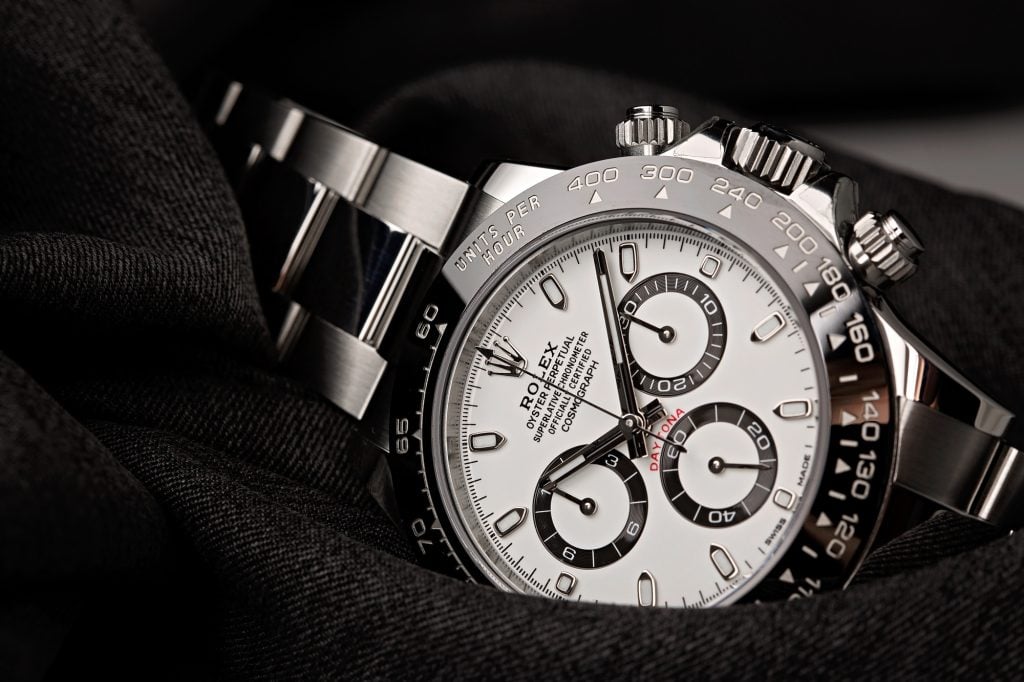
At the heart of the chronograph lies a simple yet captivating concept: a watch that doubles as a stopwatch. This ingenious integration of timekeeping and timing has elevated the chronograph from a mere timepiece to a symbol of human ingenuity. Originating in the early 19th century, the chronograph was initially devised as a tool for astronomers to track celestial events. However, its utility soon transcended the stars, finding a place in the realms of sports, aviation, and even deep-sea exploration.
The essence of a chronograph is in its ability to measure short time intervals, a functionality achieved through additional dials known as sub-dials and pushers on the side of the watch case. These pushers, when pressed, activate, and reset the stopwatch mechanism, a ballet of gears and springs working in unison to mark time with precision. Over the years, this functionality has not only been refined but also stylized, leading to the creation of iconic models like the Rolex Daytona, celebrated for its elegant yet robust design, and the Omega Speedmaster, famously known as the ‘Moonwatch’ for its journey to the lunar surface.
The appeal of the chronograph, however, extends beyond its technical prowess. It’s a watch that tells more than time; it tells stories of races won, moments captured, and adventures embarked upon. The dials and hands, intricately designed and meticulously crafted, are not just displays of time but also of moments in history. In each tick and tock of a chronograph, there’s a sense of action, a pulse of life that resonates with those who crave both precision and excitement. As we explore the chronograph, we’re not just exploring a timepiece, but a companion for those defining moments in life, a witness to the seconds that matter.
The Chronometer – Precision Personified

In the realm of horology, the chronometer stands as a beacon of precision and reliability, a testament to the zenith of watchmaking craftsmanship. Unlike its cousin, the chronograph, the chronometer’s allure doesn’t lie in measuring short intervals of time, but in its extraordinary ability to keep time with unerring accuracy. The heart of a chronometer beats with a promise of precision, a promise so sacred that it requires certification from esteemed institutions like the Contrôle Officiel Suisse des Chronomètres (COSC). This rigorous testing, spanning several days and under varying conditions, ensures that each chronometer watch maintains its accuracy within strict limits, even in the face of environmental challenges like temperature fluctuations and gravitational forces.
The journey of the chronometer, from a vital tool in navigation, guiding sailors across unchartered waters, to a coveted piece in a collector’s repertoire, is steeped in history and innovation. It’s not just about the sophisticated mechanics that lie beneath its serene face, but also about the relentless pursuit of perfection that drives its creation. Every tick of a chronometer is a nod to the meticulous attention to detail and the relentless quest for excellence that defines the highest echelons of watchmaking. Models like the Rolex Oyster Perpetual and the Omega Seamaster watch, celebrated for their impeccable precision, are not just timepieces; they are marvels of engineering, embodying the relentless human endeavor to master time.
Owning a chronometer is not merely a statement of luxury; it’s an embrace of a legacy, a part of a storied tradition where every second is measured not in ticks, but in milestones of human achievement. In this exploration of the chronometer, we delve into the soul of precision, uncovering the layers that make these watches much more than mere keepers of time, but rather, custodians of a timeless quest for perfection.
Comparing Chronographs and Chronometers
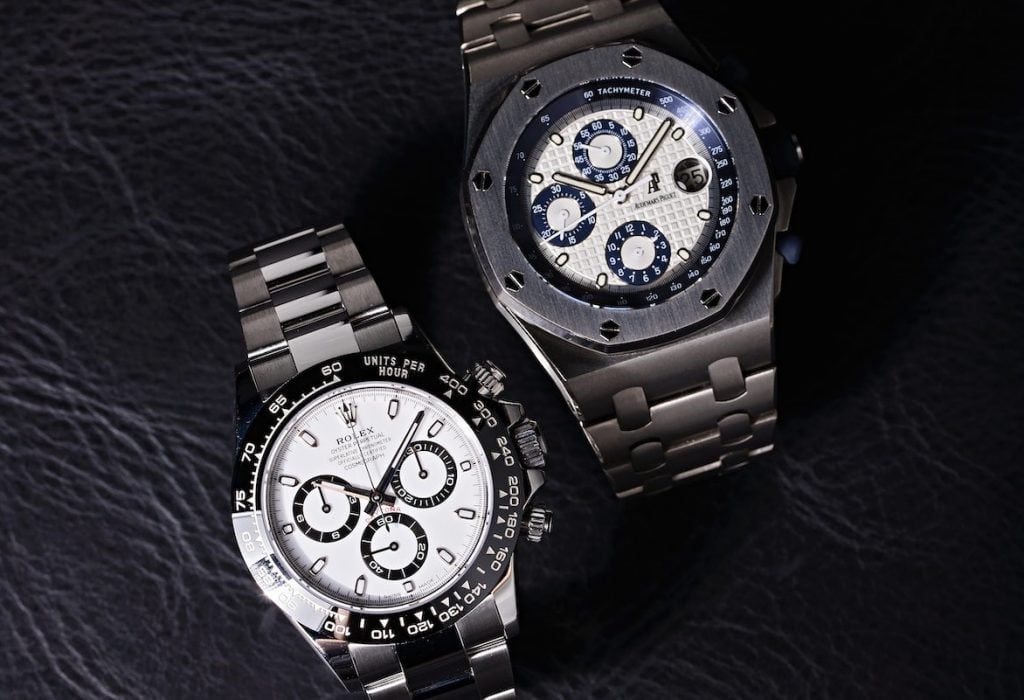
Venturing deeper into the world of sophisticated timepieces, the distinction between chronographs and chronometers becomes a captivating narrative of function versus precision. On the one hand, the chronograph, with its stopwatch capabilities, is a marvel of functionality and dynamism. It’s a timepiece that’s not just about telling the time but about engaging with it, capturing moments with the press of a pusher. Its sub-dials, hands, and pushers are not just features; they are instruments of measurement, enabling the wearer to track elapsed time with ease and precision.
Each chronograph, from the legendary Rolex Daytona to the Omega Speedmaster, tells a story of human endeavor – be it in sports, space exploration, or everyday adventures. On the other hand, the chronometer, certified for its precision, stands as a paragon of accuracy. Its charm doesn’t lie in measuring short time spans but in its unwavering commitment to maintaining exact time over extended periods, often under challenging conditions. This precision is not just a technical accomplishment but a testament to the art of watchmaking, where attention to the minutest detail creates a masterpiece of timekeeping.
When comparing these two, it’s not just about mechanics but also about aesthetics and design philosophy. Chronographs often boast a more robust and intricate design, reflecting their active and dynamic nature. They are watches for those who seek interaction and engagement with their timepiece. Chronometers, in contrast, exude a more subtle elegance, often with cleaner dials and a focus on readability and sleekness – perfect for those who appreciate understated sophistication.
The choice between a chronograph and a chronometer often boils down to personal preference and lifestyle. Do you revel in the thrill of timing your activities, from cooking to racing, or do you find solace in the silent precision of a timepiece that rarely deviates from the true time? Beyond just timekeeping, these watches reflect the wearer’s personality and values – whether it’s the action-oriented dynamism of the chronograph or the refined precision of the chronometer. Understanding these nuances not only enriches the experience of selecting and wearing these watches but also connects us to the grand tradition of horological excellence – a journey where every second is a celebration of human ingenuity and craftsmanship.
Technological Innovations and Advancements
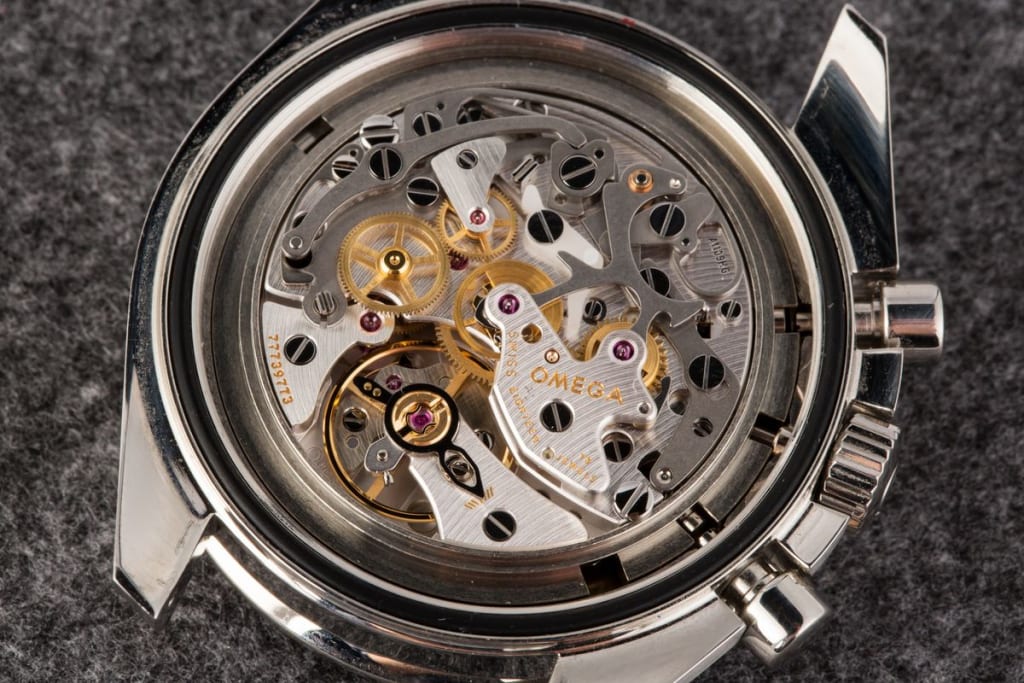
In the ever-evolving landscape of watchmaking, technological innovations and advancements stand as testaments to human creativity and the relentless pursuit of perfection. This journey of innovation is particularly evident in the development of chronographs and chronometers, where each tick and tock are a story of advancement. The chronograph has seen a remarkable evolution from its early mechanical roots to the incorporation of digital technologies. Innovations such as the flyback function, allowing instant resetting of the stopwatch, and the split-second (or Rattrapante) feature, enabling simultaneous timing of multiple events, have elevated the chronograph from a mere timekeeping tool to a sophisticated instrument of precision. Advances in materials, like the use of silicon parts, have also enhanced the durability and accuracy of these watches, making them more resistant to environmental factors like temperature variations and magnetic fields.
On the other hand, the chronometer, with its unwavering focus on precision, has benefitted from breakthroughs in balance wheel and escapement designs, achieving even greater levels of accuracy. The introduction of anti-magnetic materials and improved power reserve capacities has further augmented their reliability and performance. The integration of GPS and atomic time synchronization in some modern watches represents a pinnacle in precision, where traditional mechanics meet futuristic technology.
These innovations are not just about technical prowess; they reflect a deeper philosophy of watchmaking, where the past and the future converge. Each advancement carries forward the legacy of traditional craftsmanship while embracing the possibilities of the modern world.
Choosing the Right Watch for You
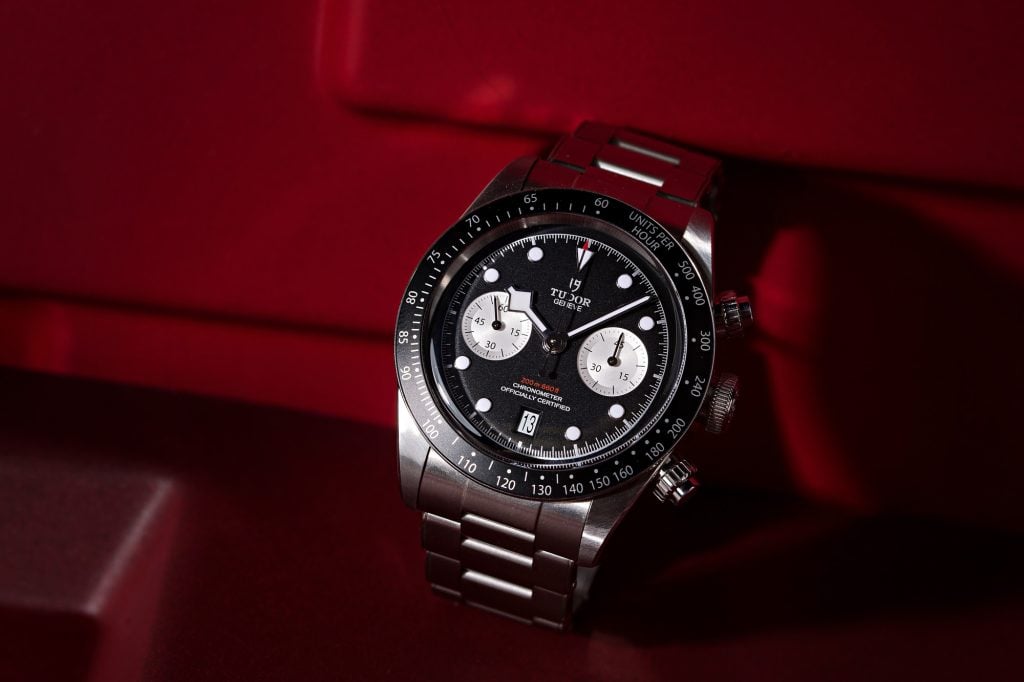
Selecting the right watch, whether it’s a chronograph or a chronometer, is a deeply personal journey, one that intertwines with your lifestyle, aesthetics, and the stories you wish to tell. It’s not just about the technical specifications or the prestige of the brand; it’s about finding a piece that resonates with your individuality. For those who thrive on action and precision, a chronograph offers not just a tool for timing but a companion for life’s adventures, be it in sports, travel, or daily pursuits. Its intricate dials and dynamic features speak to those who relish interaction and engagement. In contrast, if you’re drawn to the quiet allure of precision and elegance, a chronometer might be your ideal match. Its sophisticated and often understated design is perfect for those who appreciate the fine art of watchmaking and the tranquility of consistent accuracy.
Beyond functionality, consider the heritage and stories behind these watches. Each brand and model carry a legacy, from Rolex’s pioneering spirit to Omega’s celestial journeys. Owning a watch is more than a statement of time; it’s a piece of history on your wrist. As you embark on this selection process, let your intuition guide you. A watch is an extension of your persona, a reflection of your journey through time, and choosing one should be as much about feeling as it is about reasoning.
Conclusion
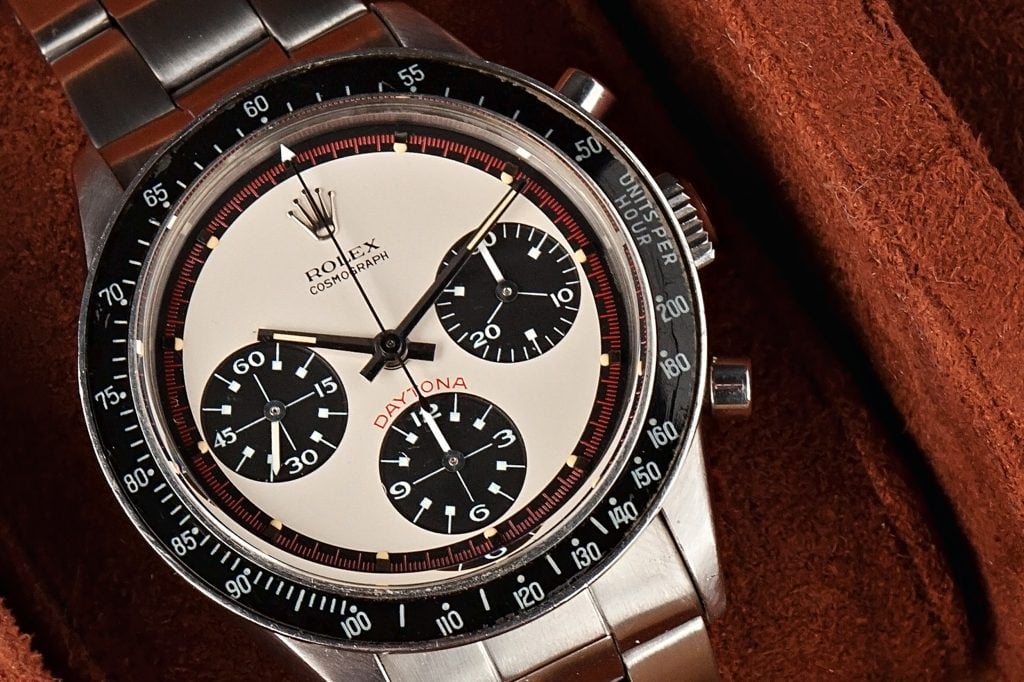
As we draw this exploration to a close, the journey through the realms of chronographs and chronometers reveals more than just the mechanics of timekeeping; it unveils a narrative rich in history, innovation, and personal expression. The chronograph, with its stopwatch functionality, emerges as a symbol of dynamism and interaction, a tool for those who seek to engage actively with every moment. It stands not only as a testament to human ingenuity in measuring time but also as a companion in capturing life’s fleeting moments.
In contrast, the chronometer, with its steadfast precision and quiet elegance, reflects an unwavering commitment to accuracy and a dedication to the art of watchmaking. It appeals to those who find beauty in consistency and value in the meticulous pursuit of excellence. Both timepieces, in their own unique ways, offer more than just the passage of hours and minutes; they provide a connection to a tradition of craftsmanship and a legacy of innovation. Whether it’s the action-oriented chronograph or the precision-centric chronometer, each watch tells a story, your story, woven into the fabric of time. In the end, the choice between these horological marvels isn’t just about selecting a watch; it’s about choosing a piece that resonates with your personal narrative, a timepiece that fits in with your life.









